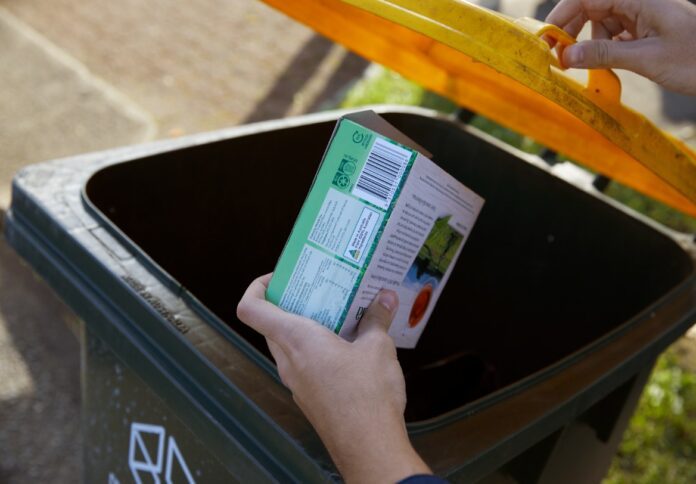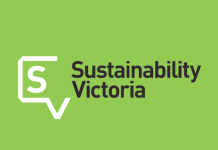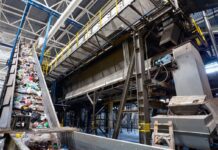
The Australian Packaging Covenant Organisation (APCO) has released its 2022-23 Australian Packaging Consumption and Recovery Data Report, presenting a detailed overview of the nation’s progress toward achieving a circular economy for packaging.
The report revealed mixed results against the 2025 National Packaging Targets. While the proportion of recyclable packaging increased from 84 per cent to 86 per cent, the recycling rate for plastic packaging declined slightly from 20 per cent to 19 per cent.
Notably, the average recycled content in packaging rose from 40 per cent to 44 per cent, and problematic single-use plastic packaging has been reduced by 40 per cent compared to the 2017-18 baseline.
APCO CEO Chris Foley highlighted the importance of data-driven decision-making, stating, “By releasing two reports in one year, we’re ensuring our members and stakeholders have the most current information to make informed decisions. This latest report highlights where progress is being made and where more focus is needed.”
The report also detailed significant milestones, including glass becoming the first material group to meet the 2025 target for post-consumer recycled content, with 50 per cent of glass packaging made from recycled materials.
However, challenges remain in other areas, such as flexible plastics, which continue to face limited domestic reprocessing capacity.
Despite this, projections indicate significant growth in capacity over the next five years.
Domestic reprocessing capacity for all materials has nearly doubled since 2018-19, rising from 1.85 million tonnes to 3.45 million tonnes.
Paper and paperboard, which account for over half of all packaging placed on the market, achieved a high recovery rate of 65 per cent, though 1.3 million tonnes still ended up in landfill.
Additionally, the recovery of metals showed slight improvement, rising to 52 per cent in 2022-23, while rigid plastics saw growth in both recovery rates and the use of post-consumer recycled content.
The report also noted the success of Australia’s Container Deposit Scheme, which has nearly doubled recovery rates via depots and reverse vending machines since 2018-19.
Problematic and single-use plastics, such as high-density polyethylene (HDPE) shopping bags, have been almost entirely eliminated, demonstrating progress in phasing out unnecessary plastic packaging.
Foley emphasised the importance of collaboration, referencing APCO’s 2030 Strategic Plan, which was developed with input from hundreds of stakeholders.
“Businesses want these outcomes and are ready to act to strengthen their packaging’s social license,” he said.


















